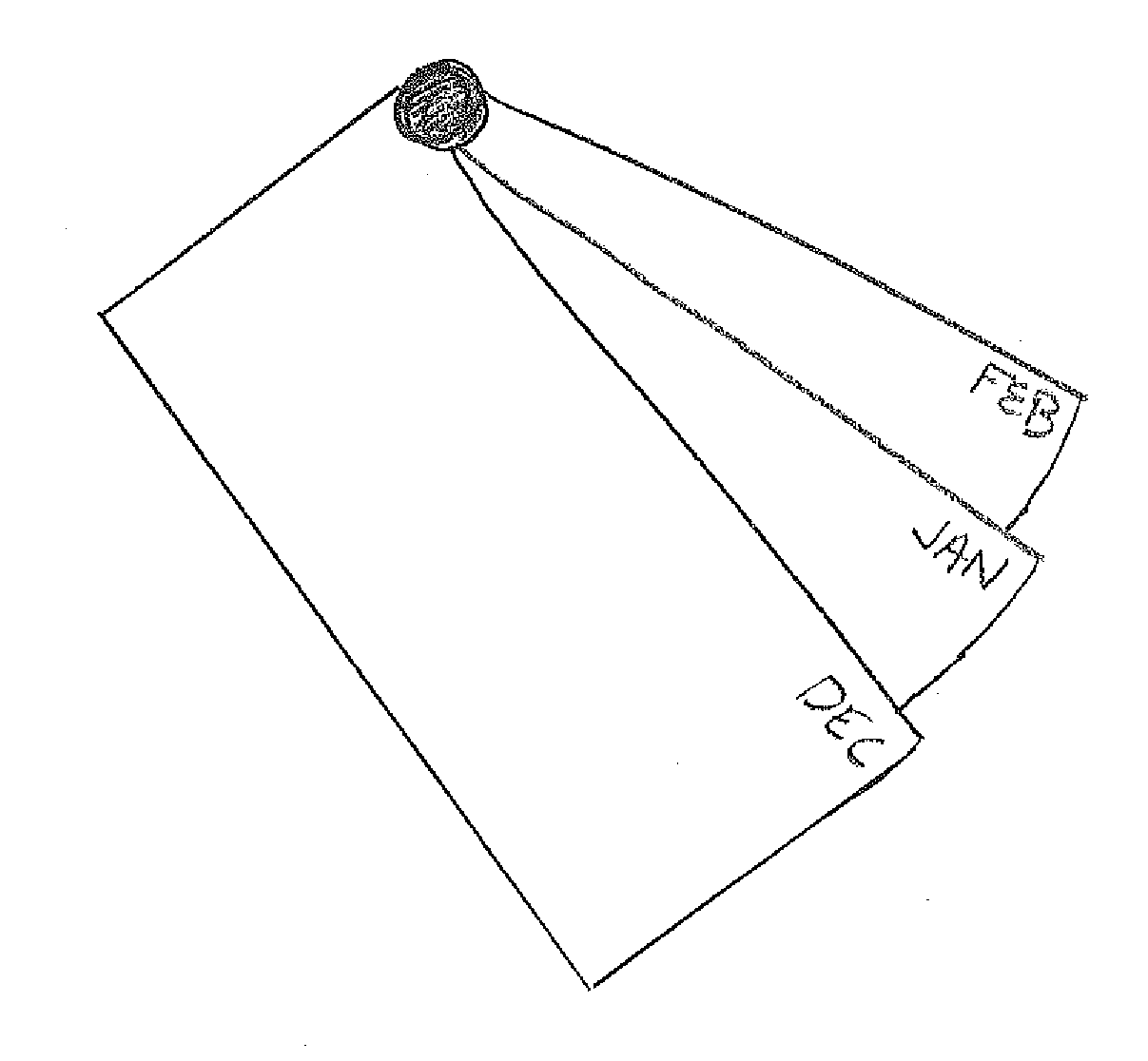Treatment of Seasonal Conditions
a seasonal variation and treatment option technology, applied in the field of seasonal conditions, can solve the problems of limited treatment options, inability to completely satisfy patients, and inability to treat conditions with seasonal variation
- Summary
- Abstract
- Description
- Claims
- Application Information
AI Technical Summary
Benefits of technology
Problems solved by technology
Method used
Image
Examples
example 1
[0310]A subject known to suffer from hypertension who has previously had difficulty maintaining a constant blood pressure on medications (hydrochlorothiazide ranging in dose from 25-50 mg / day at times supplemented by an ACE-inhibitor) is diagnosed by her physician as having a yearly increase in blood pressure in the winter.
[0311]At the beginning of winter the subject is tested (measurements of blood pressure and heart rate variability) and is determined to have decreased parasympathetic tone and increased blood pressure compared to baseline measurements obtained in the summer. The subject is subsequently provided with a tailored yearly package of medication prescribed by her physician. The subject begins taking her regular blood pressure medication (hydrochlorothiazide 25 mg) in the summer, and in November a second active agent for modulating the autonomic nervous system is added as shown in FIG. 3. Each month, the subject tears off the appropriate monthly card from the yearly pack,...
example 2
[0312]A subject diagnosed by her physician with Seasonal Affective Disorder (SAD) is supplied by her physician with a seasonal package of fluoxetine (trade name Prozac®, an antidepressant of the selective serotonin reuptake inhibitor (SSRI) class) and an autonomic nervous system (ANS) modulator. The subject was previously maintained on year-round dosage of 40 mg / day of SSRI. The subject begins taking the ANS modulator in September, and in October a second active agent (fluoxetine) is added for treating the SAD. The subject's mood and ANS parameters are carefully monitored throughout the winter. In March, the fluoxetine is discontinued, and in April, the ANS modulating agent is discontinued. The subject is shown to have improved control of her SAD, with no evidence of symptoms over the summer The subject begins the same regimen the following September. The subject is subsequently successfully maintained on a lower daily dose (20 mg) of fluoxetine over the winter resulting in a lower ...
example 3
[0313]A subject known to suffer from gastroesphageal reflux disease (GERD), noted to be worse throughout the fall and winter months, was previously placed on proton pump inhibitors without significant symptom relief. The subject is placed on a trial yearly package of an ANS modulatorto increase the parasympathetic activity / sympathetic activity ratio, in addition to the previously prescribed proton pump inhibitors.
[0314]At the beginning of treatment the subject is tested (measurements of autonomic tone such as heart rate variability). The subject begins taking an ANS modulator in the form of a weekly transdermal patch. At the end of the year, the subject is noted to be symptom-free, and the proton pump inhibitor is discontinued. At this time repeat measurements of autonomic tone show an increase in the parasympathetic activity to sympathetic activity ratio as compared to baseline. The subject continues on the ANS modulation therapy only, supplied in the form of a yearly package conta...
PUM
| Property | Measurement | Unit |
|---|---|---|
| pH | aaaaa | aaaaa |
| body weight | aaaaa | aaaaa |
| body weight | aaaaa | aaaaa |
Abstract
Description
Claims
Application Information
 Login to View More
Login to View More - R&D
- Intellectual Property
- Life Sciences
- Materials
- Tech Scout
- Unparalleled Data Quality
- Higher Quality Content
- 60% Fewer Hallucinations
Browse by: Latest US Patents, China's latest patents, Technical Efficacy Thesaurus, Application Domain, Technology Topic, Popular Technical Reports.
© 2025 PatSnap. All rights reserved.Legal|Privacy policy|Modern Slavery Act Transparency Statement|Sitemap|About US| Contact US: help@patsnap.com



